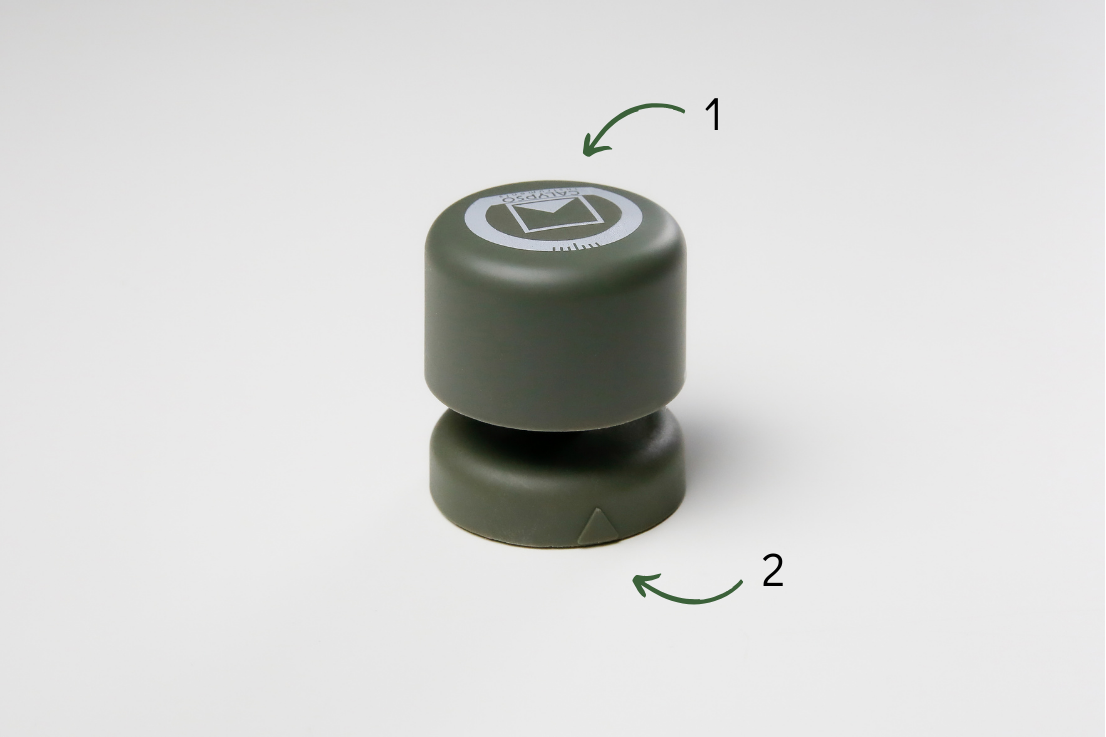One of the common questions we receive about the Mini AB wind meter is regarding the function and direction of the arrows on the device. Users frequently ask which arrow serves as the aiming reference, and understanding this feature can significantly enhance the accuracy and usability of the Mini AB, especially in applications requiring precise wind data.
Which Arrow is the Aiming Arrow?
The Mini AB has two main arrows that can be seen on the unit—the arrow on the bottom of the unit (2) and the arrow integrated within the logo on the top (1). The arrow you should use for aiming is located on the bottom.
This arrow is often referred to as the "north mark," though it doesn’t represent true North in the geographical or magnetic sense unless you align the device to face north. Instead, think of it as a reference point that establishes a “starting point” for all wind angles measured by the Mini AB.

Why Use This Reference Arrow?
The north-mark arrow provides a consistent directional reference, allowing you to interpret wind speed and direction relative to your current position. For those needing to align the device in a specific direction, this arrow allows for orientation with your target, providing a clear reading of how the wind behaves in relation to your intended path.
This setup aligns with the “clock system” of wind direction, where the 12 o'clock position represents your forward aim. Each hour mark then correlates with a directional angle, making it easier to assess the impact of the wind along your path.
This setup aligns with the “clock system” of wind direction, where the 12 o'clock position represents your forward aim. Each hour mark then correlates with a directional angle, making it easier to assess the impact of the wind along your path.